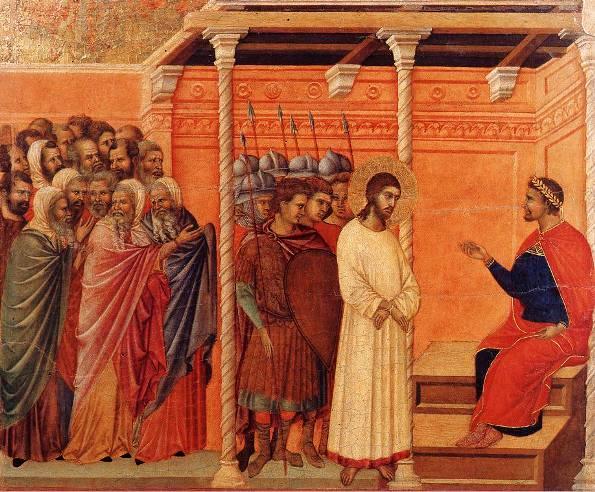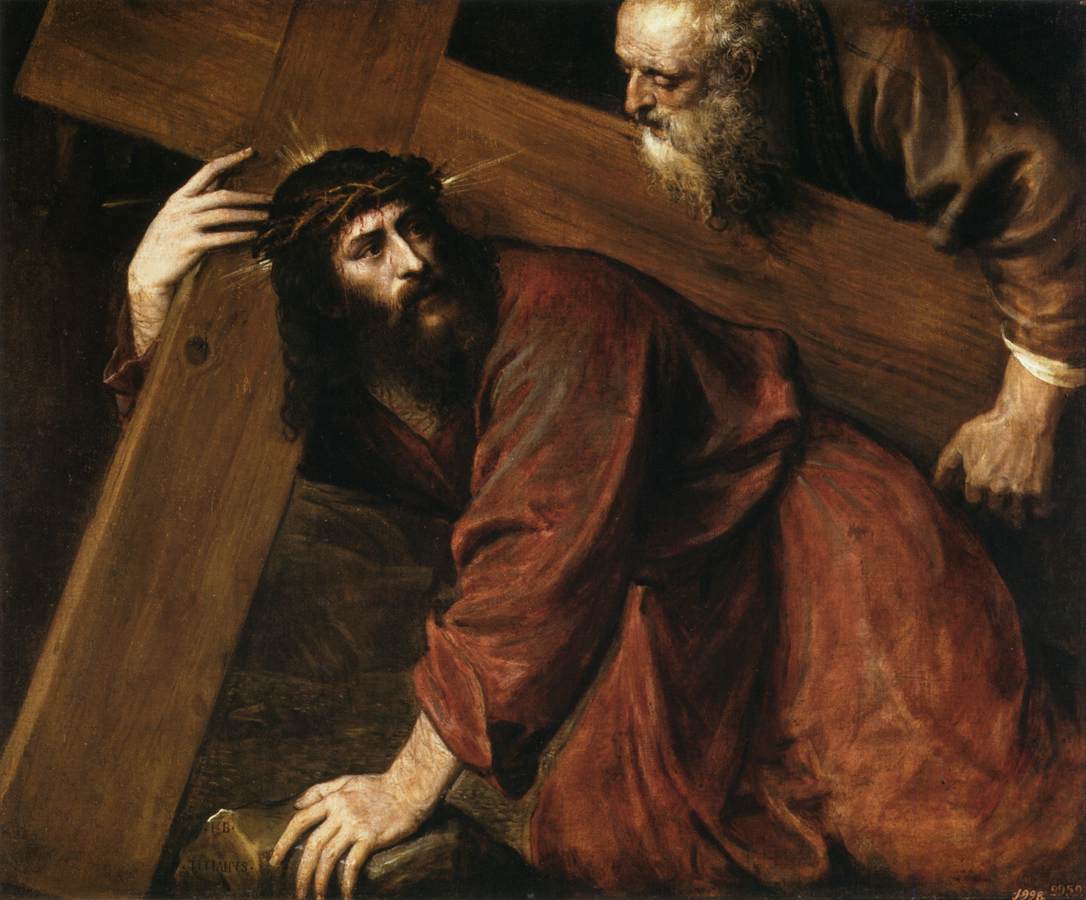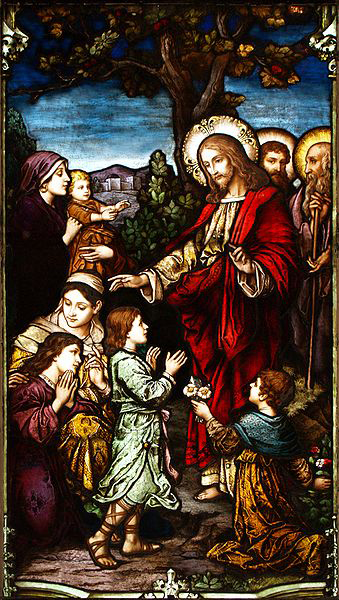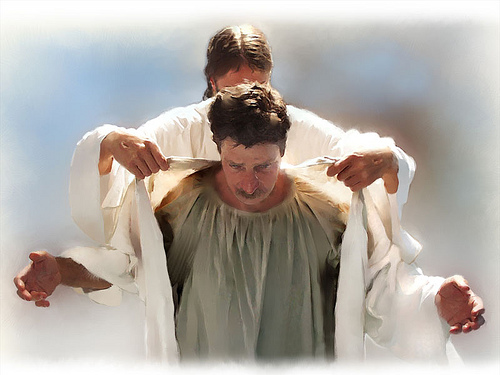Then Jesus said to the Jews who had believed in him, “If you continue in my word, you are truly my disciples; and you will know the truth, and the truth will make you free.” (The Gospel of John, 8:31-32)
Sincere followers of Jesus Christ seek to live a life grounded in truth, for Christ is himself the embodiment of God’s truth. The quest for truth is often personally costly. The eternal struggle between God’s truth and the lies and hatred of the world are laid bare in an exchange between Pontius Pilate and Jesus which occurs during our Savior’s sham trial: Jesus: “… For this I was born, and for this I came into the world, to testify to the truth. Everyone who belongs to the truth listens to my voice.” Pilate asked him, “What is truth?”(John 18:37-38)

Christ Before Pilate, Duccio Buoninsegna
Pilate is no seeker after truth, but rather cynically sees what others call “truth” as a matter of personal perspective or practical expediency. Christ is crucified as “King of the Jews,” not because Pilate believes that Jesus is the Messiah, but rather because doing so is politically convenient. In ordering Christ be crucified, Pilate curries the favor of the mob clamoring for Jesus’ death while winning the approval of both Jewish leaders and Caesar. It’s a good deal for him all the way round.
Pilate’s self-serving behavior contrasts starkly with the lives of those who earnestly seek truth. Such seekers understand that truth consists of more than statements which accord with the facts or with reality. Ultimately, truth is teleological – that is, it pertains to the purpose of life. As such, truth directs our relationship with others and shapes our ethics and worldview.
Seek the truth, listen to the truth, learn the truth, love the truth, speak the truth, adhere to truth and defend truth to the death.<span class="su-quote-cite"><a href="https://en.wikipedia.org/wiki/Jan_Hus" target="_blank">Jon Hus</a></span>
Two such truth-seeking persons with ties to Bethlehem area Moravians are the 15th century Czech priest and reformer, John Hus, and his 20th century countryman, the late Václav Havel. In seeking to reform the church, John Hus wrote: “Seek the truth, listen to the truth, learn the truth, love the truth, speak the truth, adhere to truth and defend truth to the death.” As a priest, Hus was concerned that certain church practices endangered the souls of those God entrusted to its care. Specifically he was opposed to the selling of indulgences by the Roman church to pay for a crusade against other Christians and to bishops selling priestly offices. Hus insisted that priests be qualified, godly persons capable of preaching the gospel and caring for their parishioners. Hus’ pursuit of reform cut into the profits of those in power. This won him the enmity of ecclesiastic and secular leaders. Hus’ own search for truth ended on July 6, 1415, when he was burned at the stake after refusing to renounce what he believed was true. A group of his followers formed the early Moravian Church.
Like Hus, the late Václav Havel also paid a steep price for pursuing a life in truth. As a dissident in Communist Czechoslovakia, he was repeatedly imprisoned. In spite of such opposition, Havel clung to his vision that “Truth and love must prevail over lies and hatred.” Fortunately, Havel outlasted the authoritarian regime and emerged to become president of his nation. In October of 1991, Havel visited Bethlehem, re-dedicated Moravian College’s statue of Jan Amos Comenius, and received that institution’s highest honor, the Comenius Medallion.
Like Hus before him, Havel realized that living a life in truth involves courageous introspection both as individuals and as a society. A little over a year before he visited the Lehigh Valley Havel wrote: We have become morally ill, because we have become accustomed to saying one thing and thinking another. We have learned not to believe in anything, not to care about one another and only to look after ourselves. Notions such as love, friendship, compassion, humility and forgiveness have lost their depth and dimension, and for many of us they …appear as some kind of stray relic from times past … (“The Great Moral Stake of the Moment”, New Year’s Address by Václav Havel, 1990)
In short, as he surveyed his society, Havel saw many who we would identify as having chosen the cynical, self-serving way of Pilate rather than the redemptive example of Christ. We fool ourselves, and the truth is not in us if we think the moral challenges Havel noted are reserved for societies emerging from communist rule. It is the challenge of our own time and of every generation.






